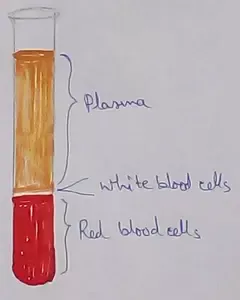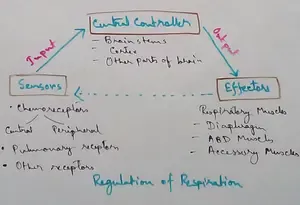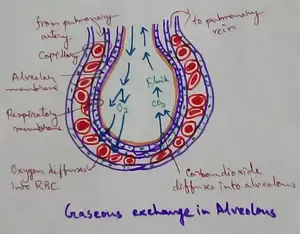Rounding off Decimal Fractions
Till now we have learnt rounding off whole numbers to ten, hundred thousand and so on. Now this topic would discuss on rounding off decimal fraction to nearest ones.
In our daily life most of the time we round off decimal fraction to its nearest ones specially when buying shoes, clothes or grocery items. Hence rounding off decimal fraction finds a wide application in our day to day life.
Real life situations where rounding off decimal fractions is required:
I: Alex bought a pair of shoes costing $252.95. He paid $ 253. So we can say that $252.95 has been rounded off to $253
II: Mary bought different grocery items from the local shop which cost her $ 586.27. She paid to the shopkeeper $586. So, we can say that $586.27 has been rounded off to $586.
Rules for Rounding to Nearest Ones:
1. If the digit in the tenths place is 0, 1, 2, 3, or 4 then after the decimal the following digits will be replaced by zero.
2. If the digit in the tenths place is 5, 6, 7, or 9 then the ones digit will be increased by 1 and all digits after the decimal are reduced to 0.
Here are few examples to illustrate rounding off decimal fractions
1. Round off the following decimal fraction:
(i) 87.52
(ii) 26.23
(iii) 95.01
(iv) 63.95
Solution:
(i) 88
The digit in the tenths place is 5 hence the ones digit would be increased by 1 that means the whole number 87 should be increased by 88
(ii) 26
The digit in the tenths place is 2 that is less than 5 hence the digits after the decimal place will be replaced by zero. So, we can say that 26.23 should be rounded to 26.
(iii) 95
Since the digit in tenths place is 0 which is less than 5 so all the digits after the decimal would be replaced by zero. So, 95.01 should be rounded to 95
(iv) 64
9 is the digit in tenths place which is more than 5 hence the digit in ones place of the whole number 63 should be increased by 1 and would become 64.
2. Round off the following decimal fraction:
(i) 96.873
(ii) 74.231
(iii) 745.96
(iv) 652.50
Solution:
(i) 97
As the digit in the tenths place is 8 which is more than 5 hence the ones digit in the whole number will be increased by 1 that is it will be rounded off to 97.
(ii) 74
The digit in tenths place is 2 that is less than 5 hence the digits after the decimal point should be replaced by zero. Therefore, 74.231 should be rounded to 74.
(iii) 746
The tenths digit is 9 which is more than 5 hence the ones digit in the whole number part should be increased by 1 to make it 746. Hence, 745.96 should be rounded to 746
(iv) 653
652.50 should be rounded to 653 as we know if the digit in the tenths place is equal to or greater than 5 then the ones digit in the whole number part should be increased by 1. Hence, 652.50 is rounded to 653.
From Rounding off Decimal Fractions to HOME PAGE
Recent Articles
-
What Is Plasma? | Blood Plasma | Proteins | Nutrients | Cholesterol
Nov 07, 25 10:29 AM
Blood is a mobile fluid which is a connective tissue and is derived from the mesoderm like cell any other connective tissue. Colour of blood is reddish and that flows inside the blood vessels by means… -
Disorders of Respiratory System | Tuberculosis | Pleurisy | Emphysema
Oct 28, 25 11:39 PM
Tuberculosis is very common disease and is caused by a type of bacteria called Mycobacterium tuberculosis. This disease causes different trouble in the respiration and infection of several parts of th… -
Regulation of Respiration | Respiratory Centres | Inspiratory Area |
Oct 14, 25 12:13 AM
Respiratory Centre is the area that controls the rate of respiration and it is observed to be located in medulla oblongata and pons. Respiratory Centre has the following will dispersed components like… -
Explain Transport of Gases | External Respiration | Tissue Respiration
Oct 09, 25 11:35 PM
In humans gaseous exchange is completed in the following ways the steps are - External Respiration or Breathing - Breathing in false taking in of Oxygen and giving out of carbon dioxide in the body. M… -
Kind and Number of Teeth | Location of Teeth in Mouth | Care of Teeth
Sep 11, 25 12:52 AM
Kind and Number of Teeth






New! Comments
Have your say about what you just read! Leave me a comment in the box below.